When we look at the bustling island of Manhattan in New York City today, it’s difficult to imagine that beneath the concrete jungle, there existed a network of rivers and streams that were once an integral part of the landscape. The European settlers who arrived in the 17th century were amazed by the abundance of waterways that dotted the island, and the Native American inhabitants who had lived there for centuries knew just how to navigate them.
Why the streams are hidden?
However, over the last few centuries, much of these waterways have been buried or channeled underground, and very few remain as visible reminders of the island’s hydrological past. In this blog post, we’ll take a deep dive into exploring the hidden streams of New York City. Discovering the history of the rivers and streams of Manhattan, learn how they were altered, and find the hidden gems that exist along their former paths.
- Why the streams are hidden?
- Before European Settlers
- The Dutch arrive in New York City
- hidden streams underneath the concrete jungle
- Lower East Side
- West Side and The Hudson River
- The legacy of Hidden Streams in New York City
- A Day Trip Walking Tour in Manhattan Rediscovering Forgotten Waterways and Streams:
- Here are some local resources about the hidden streams of New York City.
Before European Settlers
The original inhabitants of Manhattan, the Lenape, relied enormously on the island’s rivers and streams. The dominant stream was the Minetta Brook, which flowed from the north of the island, cutting Manhattan down the center along modern-day Broadway, and emptied into the Hudson River. The Lenape relied on this waterway to irrigate their crops, and fish and trap for food. They also used other streams such as the Old Kill, which flowed south from the Kips Bay to the East River and the East River itself, travelling from Long Island Sound to the Hudson River, for various purposes.
The Dutch arrive in New York City
When the Dutch arrived in 1609, they were intrigued by the abundance of waterways on the island on which they intended to build a new colony. They also began to divert some of the streams to suit the needs of the city, such as the draining of the Collect Pond, a once-pristine lake located near Canal Street, which was turned into a landfill. By the 19th century, much of the waterways were either buried or piped to suit the needs of the growing city- New York City, resulting from a merger of Manhattan with other neighbouring places. The Minetta Brook and other streams disappeared below the surface, and their former paths were buried under the cityscape.
hidden streams underneath the concrete jungle
Many New Yorkers nowadays may be unaware of these waterways, but there are several locations where you can still see the hidden streams of New York City. Wander around the northern parts of Central Park and you’ll find signs of the Reservoir, a man-made pond which once served a vital role in the city’s water supply. It was fed by the dams of the aforementioned Minetta Brook and Little Seneca Creek, streams that are no longer visible in their original state.
Lower East Side
Another notable site to find hidden streams of New York City, a reminder of the once-plentiful eastside stream named the Saw Kill is today visible as the street of Rivington. Rivington Street, one of the Lower East Side’s best-known streets, was once the path of this stream, which flowed from what is now Union Square, through the East Village, and emptied into the East River.
West Side and The Hudson River
Another popular place to visit is the West Side Rail Yards, a heavily industrialized space on the banks of the Hudson River. The area was located at the mouth of Twelfth Avenue and depended on the remnants of Minetta Brook as its source of water.
The legacy of Hidden Streams in New York City
In conclusion, the rivers and streams that were once vital to the island of Manhattan may be hidden today, but their legacy continues to inspire and teach us. Despite the changes done by the European settlers, governments and modern developers, the rivers and streams allowed humans to live, thrive and build on the island, since its earliest days. So next time you’re wandering around the busy streets of New York City, take a moment to reflect on the fascinating history that lies beneath your feet. Who knows what treasures and gems you might uncover?
A Day Trip Walking Tour in Manhattan Rediscovering Forgotten Waterways and Streams:
Time needed: 7 hours and 30 minutes
Here’s a fun way to explore these remnants, following the path of this self-guided tour. Start your journey at the site of the old city hall, which was built in 1700. Then, follow the path of the Collect Pond that once used to exist- an area that is now overbuilt – to the West Side Rail Yards. From there, head to Chelsea Piers, the site of a former tributary of the Minetta Brook. It now serves as a leisurely destination for stopping by the riverfront.
Self-Guided Walking Tour of the Hidden Streams in New York City
- 9:00am
Start the tour at the former site of City Hall, built in 1700. It was once a part of the Collect Pond where colonists and Native Americans used to gather for fishing and relaxation.
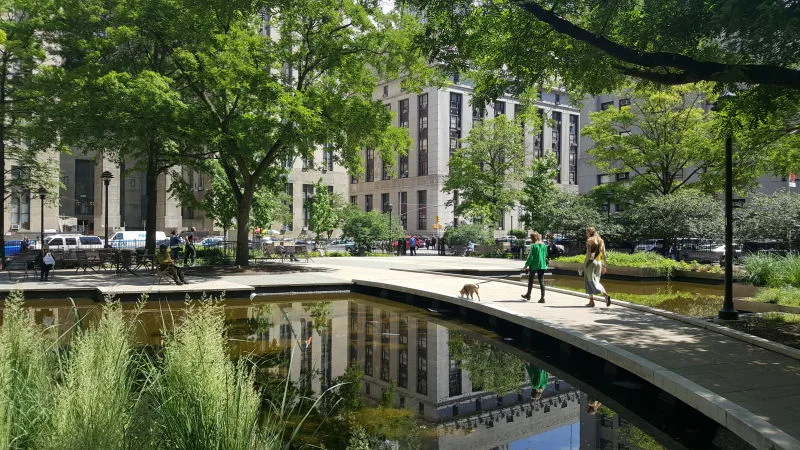
- 10:00am
Head over to the West Side Rail Yards, an area formerly occupied by a tributary from Minetta Brook. Enjoy the view of this industrial area and its unique architecture.

- 11:00am
Stop at Chelsea Piers, a former tributary of the Minetta Brook. Relax by the waterfront and take in the scenery.
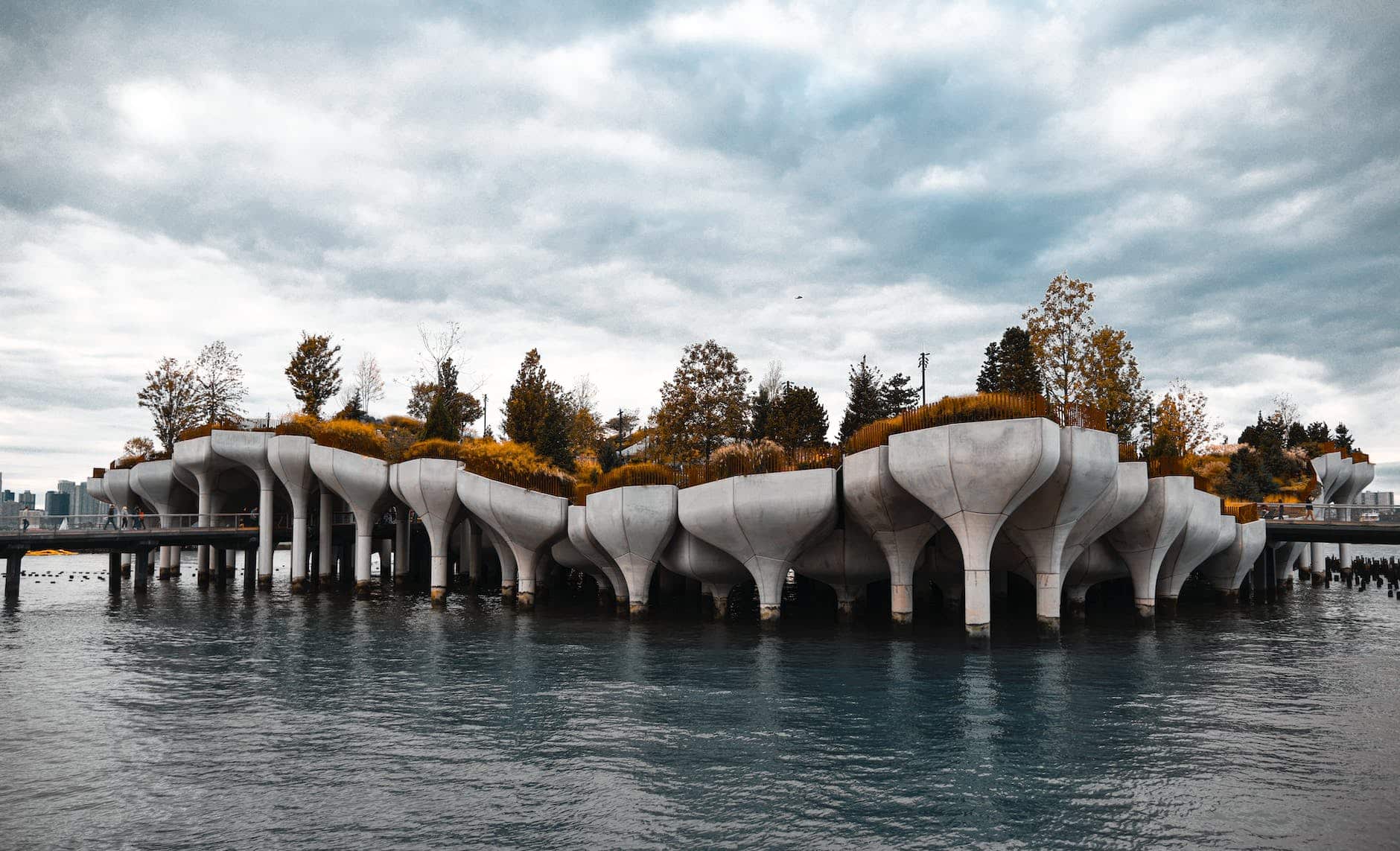
- 12:00pm
Head to Twelfth Avenue for a tour of the area’s many parks along the Hudson River. Explore different species of plants, birds and fish that have made the river their home.

- 1:00pm
Head to Washington Square Park, located at the site of a former Minetta Brook tributary. Admire the park’s many monuments and memorials to those who’ve passed on or fought for change in NYC.
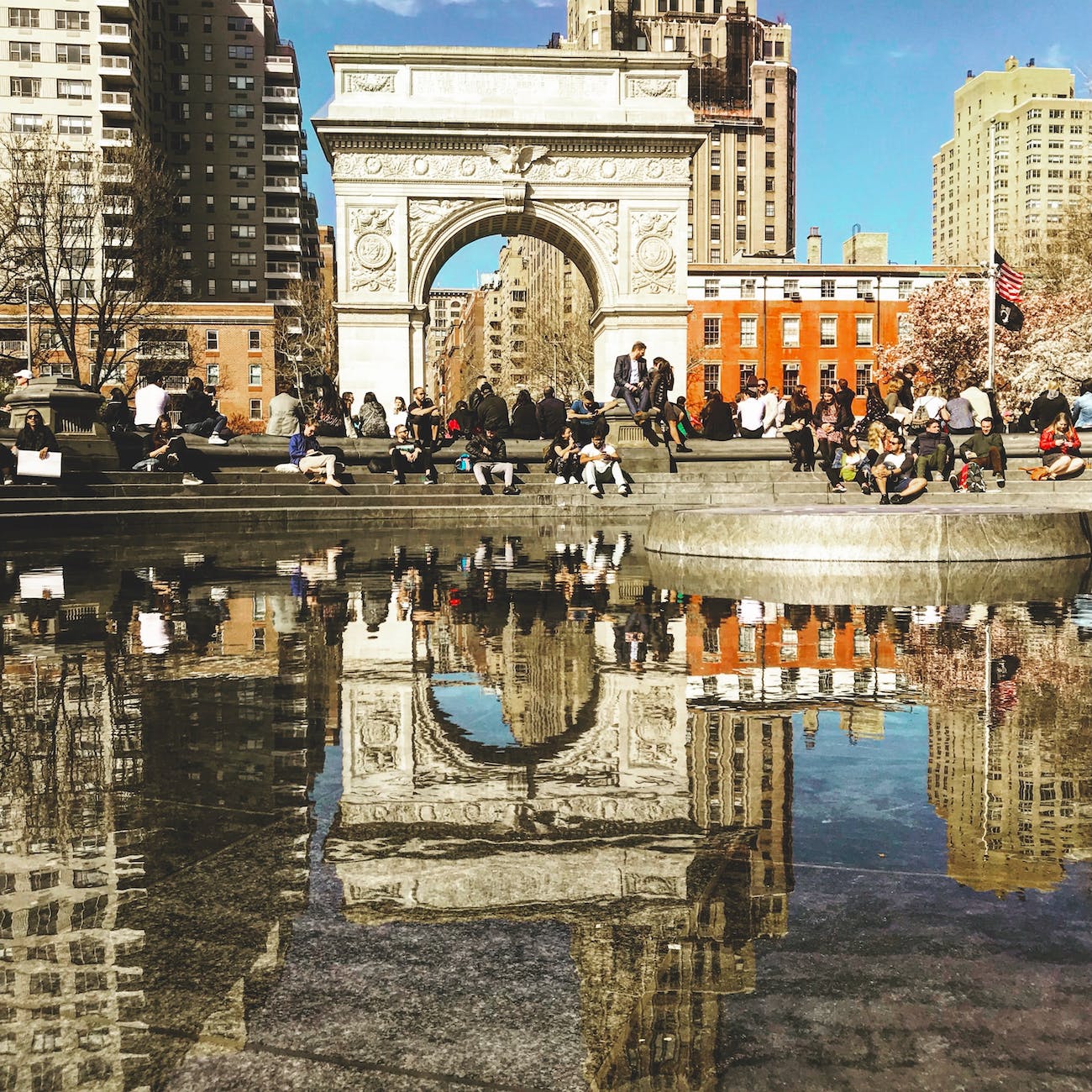
- 2:00pm
Stop by Collect Pond Park, located at the site of a former Collect Pond. Enjoy the peaceful atmosphere and learn about the history of the pond, which was once used as a drinking water supply for colonial Manhattan.
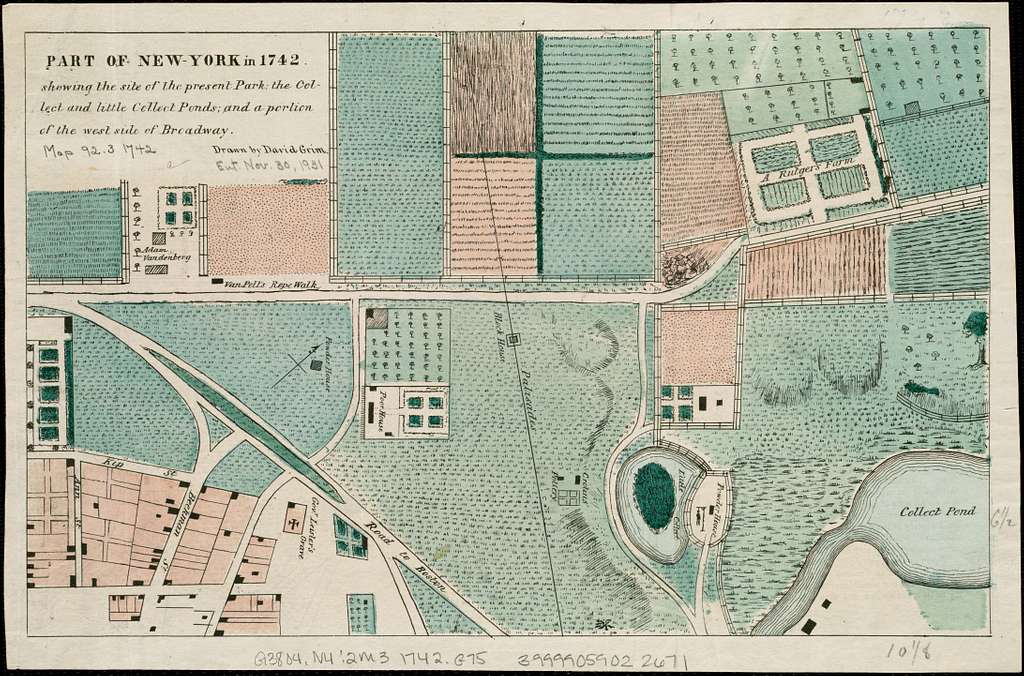
- 3:00pm
End your tour at The Battery, located at the southern tip of Manhattan. Take in stunning views of New York Harbor and reflect on all you’ve seen throughout your day.
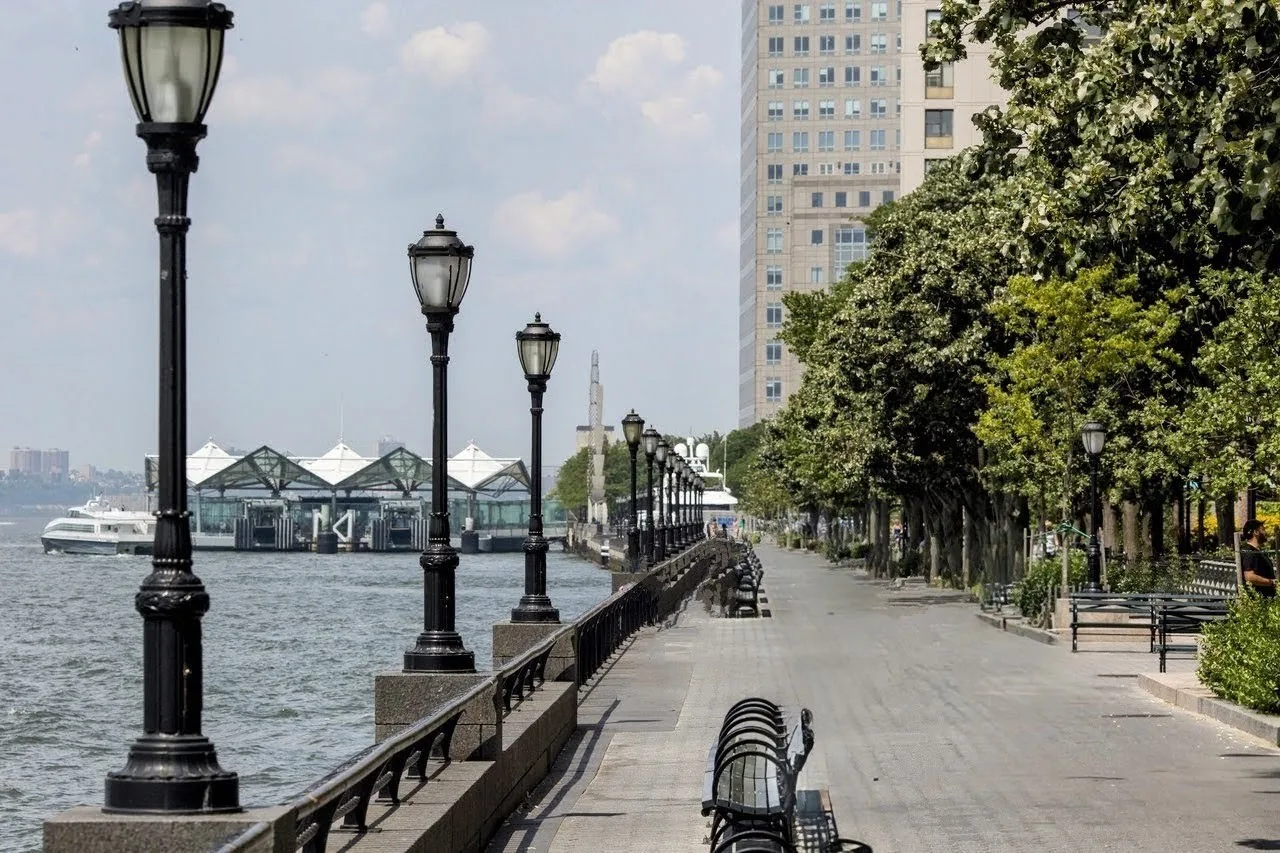
Take your time on this tour to observe the hidden gems and fascinating stories behind these forgotten waterways. Learn about how Native Americans used Minetta Brook for food, fuel and transportation, or marvel at the grandeur of City Hall’s colonnade. With a little luck, you might even find relics from the past beneath your feet. Whatever you discover, it’ll be sure to leave you with a newfound appreciation for the city’s hidden history.
Happy Exploring and searching for the Hidden Streams of New York City!
Here are some local resources about the hidden streams of New York City.
For those looking to delve even deeper into NYC’s past, there are plenty of great books and documentaries that explore the history of the area.
- Classic films like West Side Story & Taxi Driver to more modern works such as The Power Broker, these resources can provide an invaluable window into the city’s rich and vibrant past.
- You can also check out the Museum of the City of New York for an in-depth look at NYC’s storied history. Through interactive exhibits, artifacts, photographs and more, you can discover the many stories that have shaped this remarkable city over time. With so much to explore, a visit to the museum is sure to be an unforgettable experience.

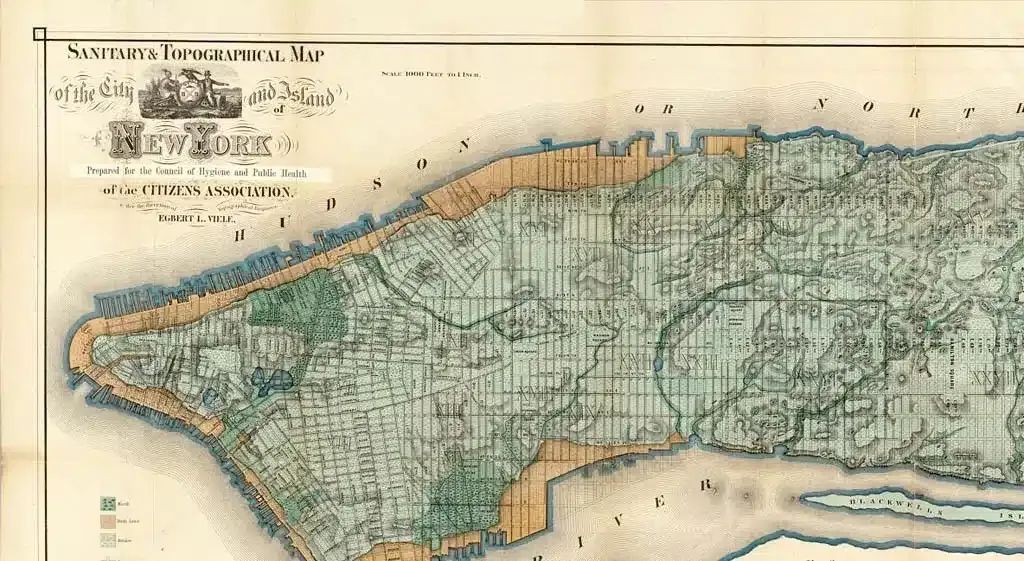
0 comments on “Exploring the Hidden Streams of New York City”